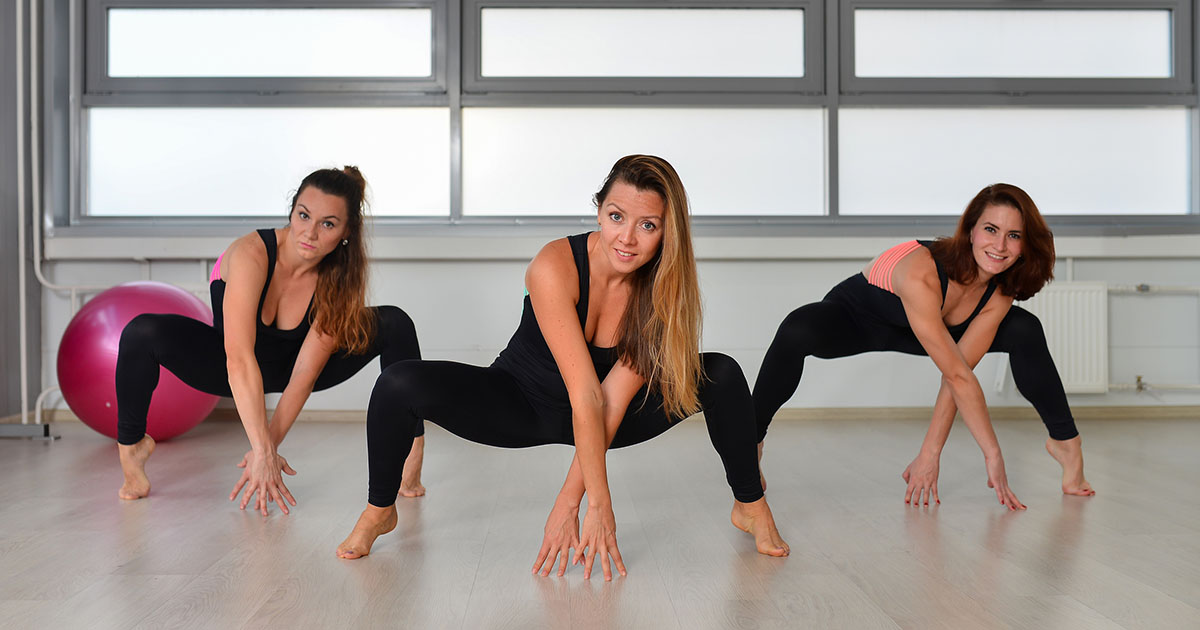Bust A Move: Reasons Why Dancing Is Good For You
Dancing is a fun way to exercise, though it is disregarded by those who argue they can't dance. Anyone can dance; that's the best part. While dance may not be the only type of exercise the body needs, it is surely one of the most freeing exercises nearly anyone can experience. Ideal dance workouts raise the heart rate and engage with steps in the dance. To get the most benefits, dancers should participate at a moderate- to high-exertion level. Dancing can help with weight management alongside increasing spatial awareness. Detailed below are other examples of why dancing is good for the body and the mind.
Improves Cardiovascular Strength

The heart supports the rest of the body and should be exercised like the other muscles. Dance gets the heart pumping while working other core muscles. Individuals concerned about their cardiovascular health should consider dancing, especially since no equipment is necessary. Dancing is much more fun than other forms of cardiovascular exercise like running. It can also be much more mentally engaging than climbing on the treadmill first thing in the morning. With mental engagement comes challenge, and everyone must challenge their bodies. Bodies must be pushed to get stronger, and it's that way from birth.
There are hundreds of dances, and each kind improves cardiovascular strength. Although one workout will do wonders, making it a habit is the best way to get lasting results. Perhaps it's the quality of the dance experience that brings individuals back to the dance floor, pushing their body a little harder each time. Regardless of what it is that drives a person to come back, every time they do they are strengthening the heart. Dancing helps people find their inner strength, the heart, to keep improving themselves.
Improves Muscle Tone

Dance targets core muscles and helps improve muscle tone. Dance, as opposed to other more narrow exercise types, combines cardiovascular endurance, muscular endurance, flexibility, and body composition fitness components. Dancing encourages participants to use their entire body. All the muscles aren't exercised repeatedly as with other forms of muscle-based exercises, so it is gentle. Dance improves muscle tone and overall strength while improving the condition of the heart and lungs. Muscular strength and fitness can be challenged by pushing a little harder.
Motor skills like balance and coordination are improved with dance. While dancers tone their muscles, they strengthen the bones that support them. More active dance routines are bound to have a greater effect on muscle tone, which makes individuals more aware of the muscles in their body, reminding them of the muscles they forgot they had. Individuals who dance regularly can see and feel the impact dancing has on their muscle tone. Routine exercise, not working out once in a while, improves muscle tone.
